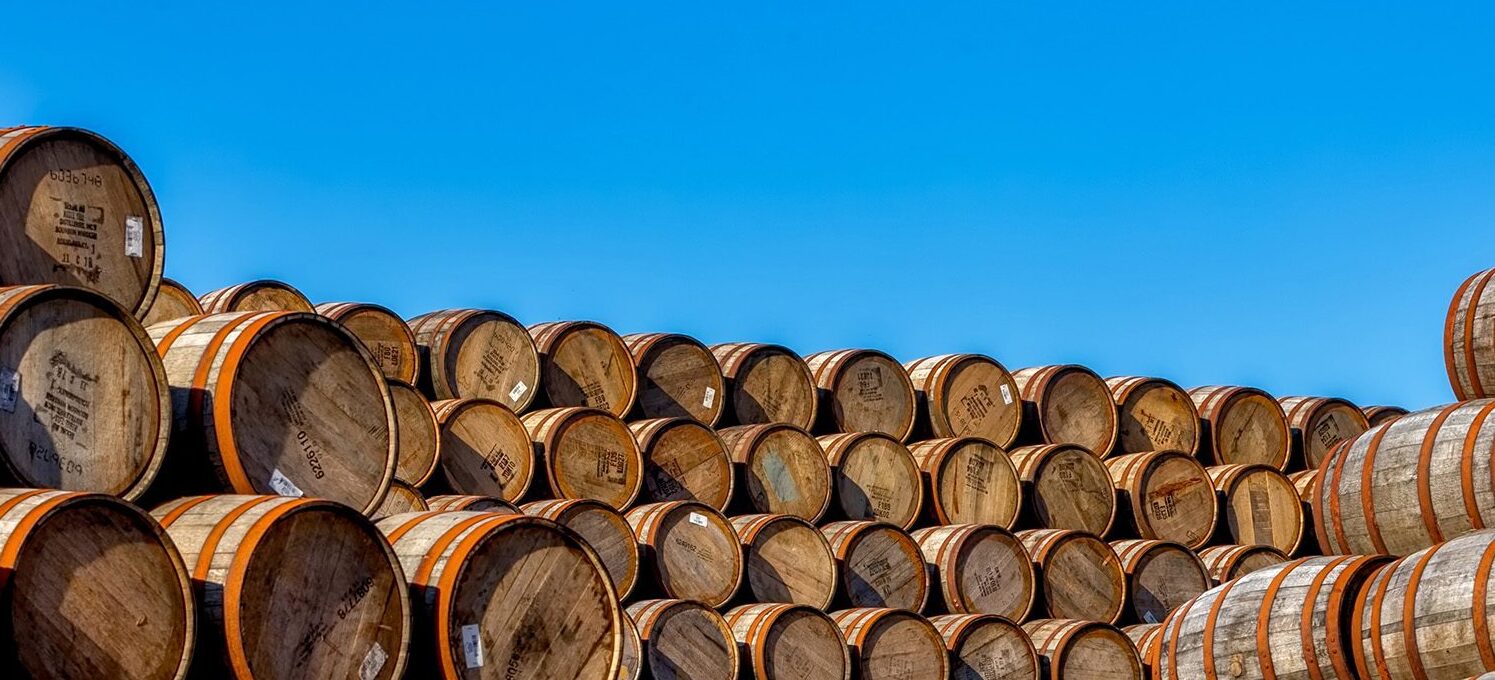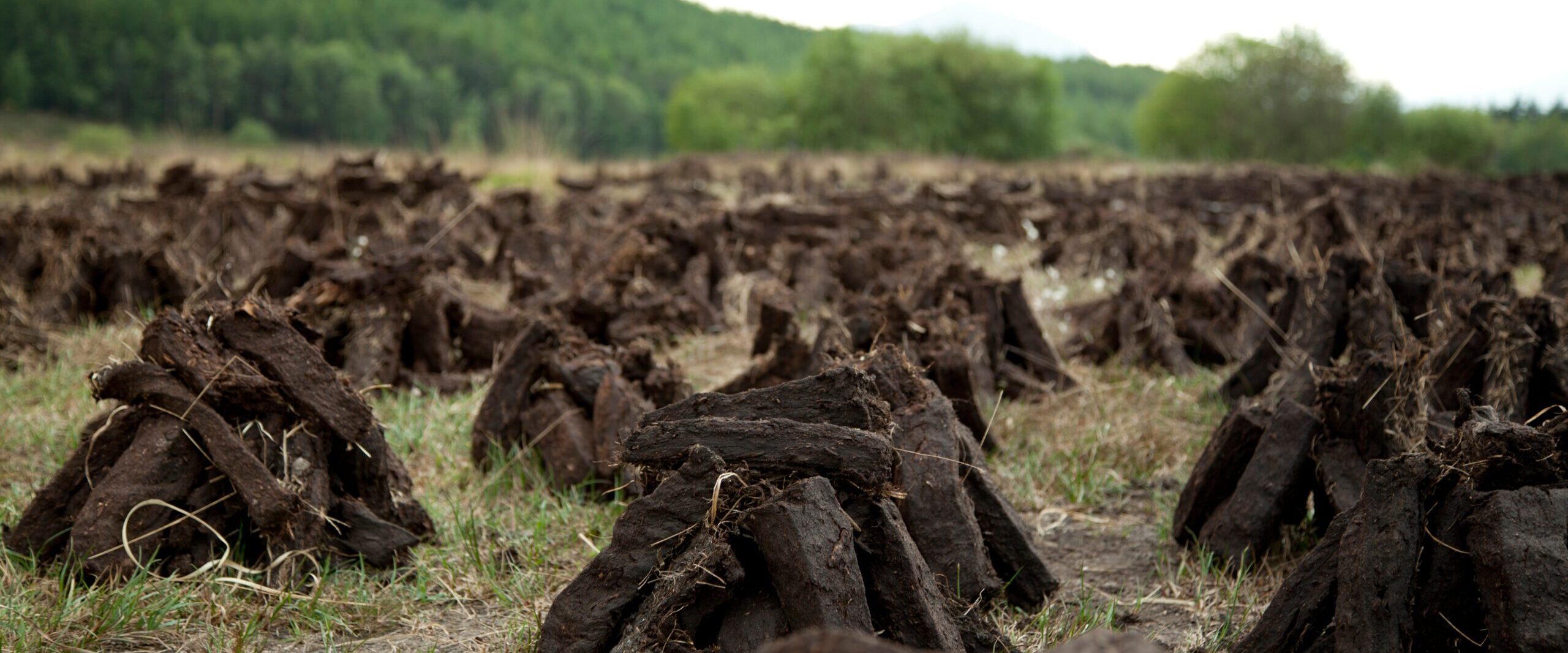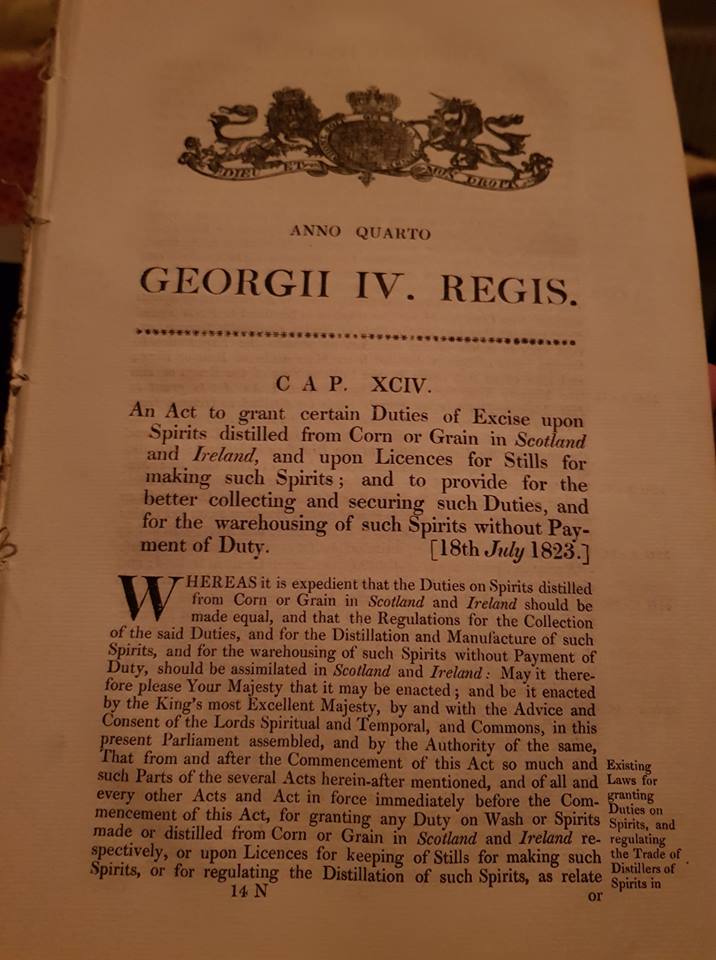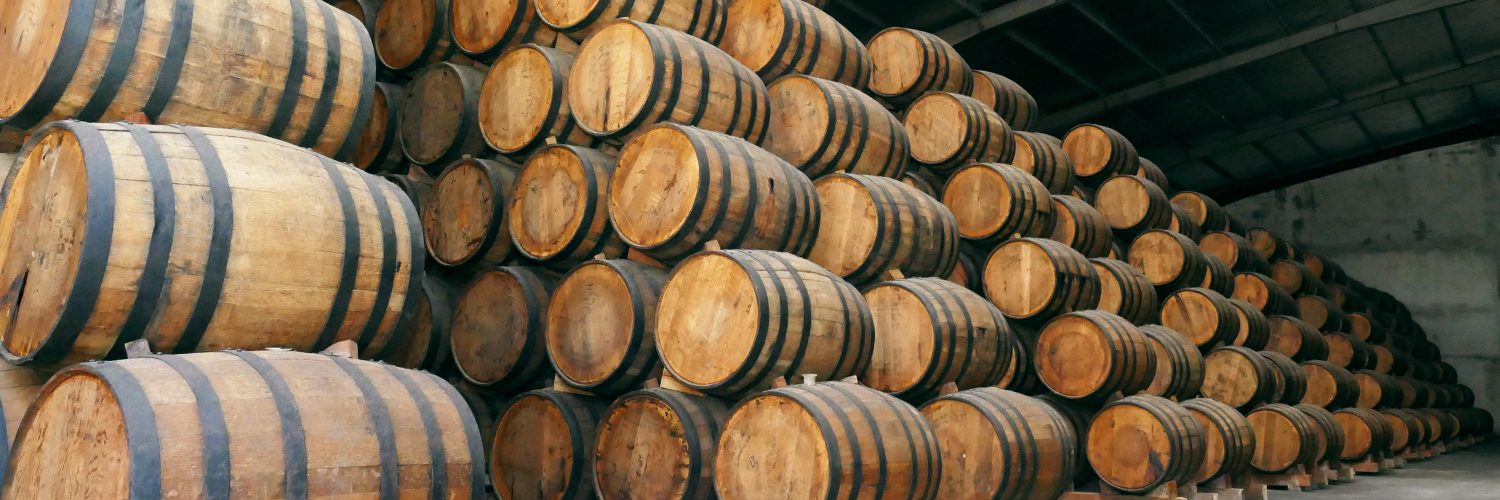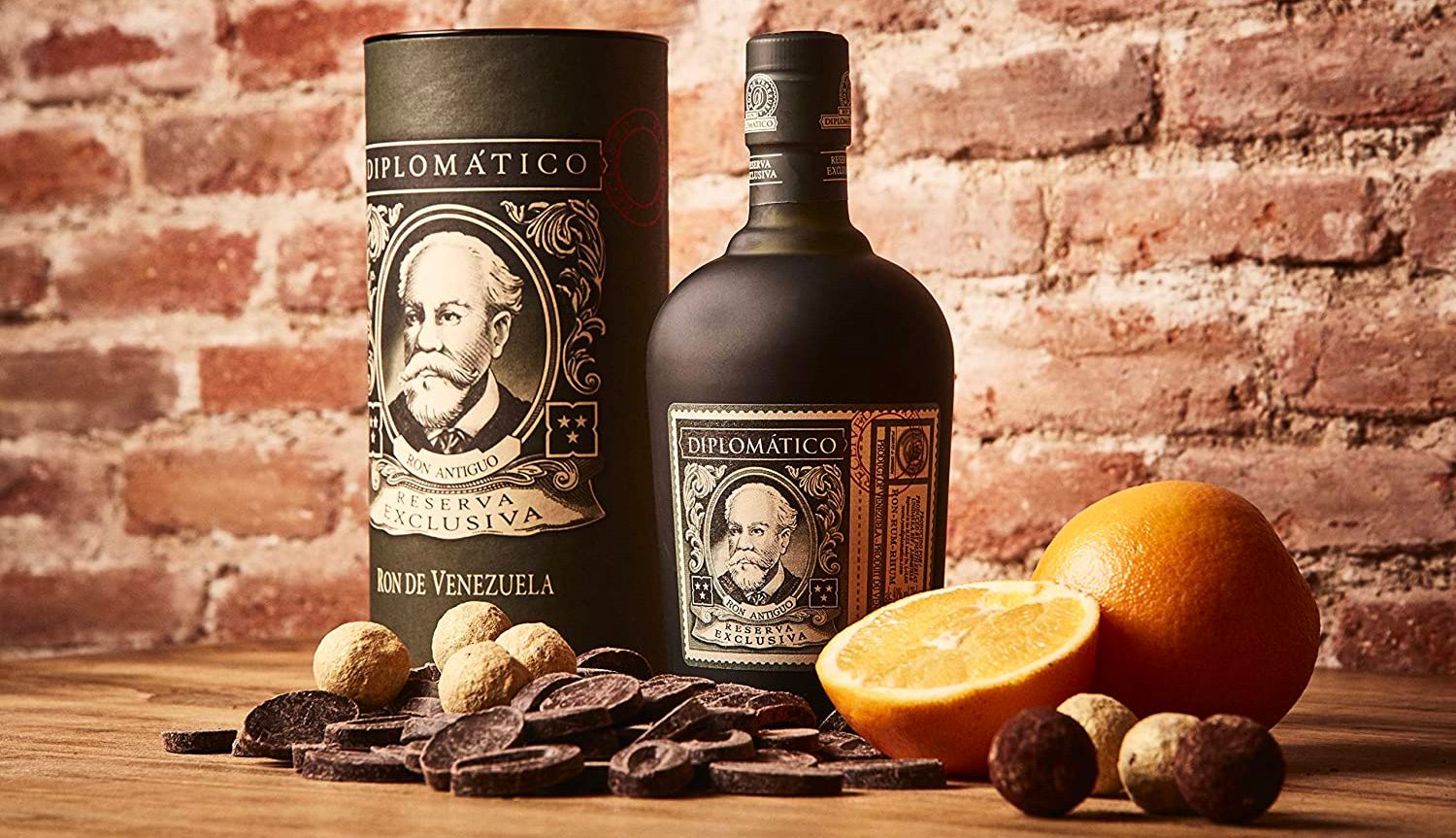The full impact is still uncertain. The whisky industry, like many others, is globally interconnected, and this invasion has triggered a series of unpredictable repercussions.
 Learn
Learn
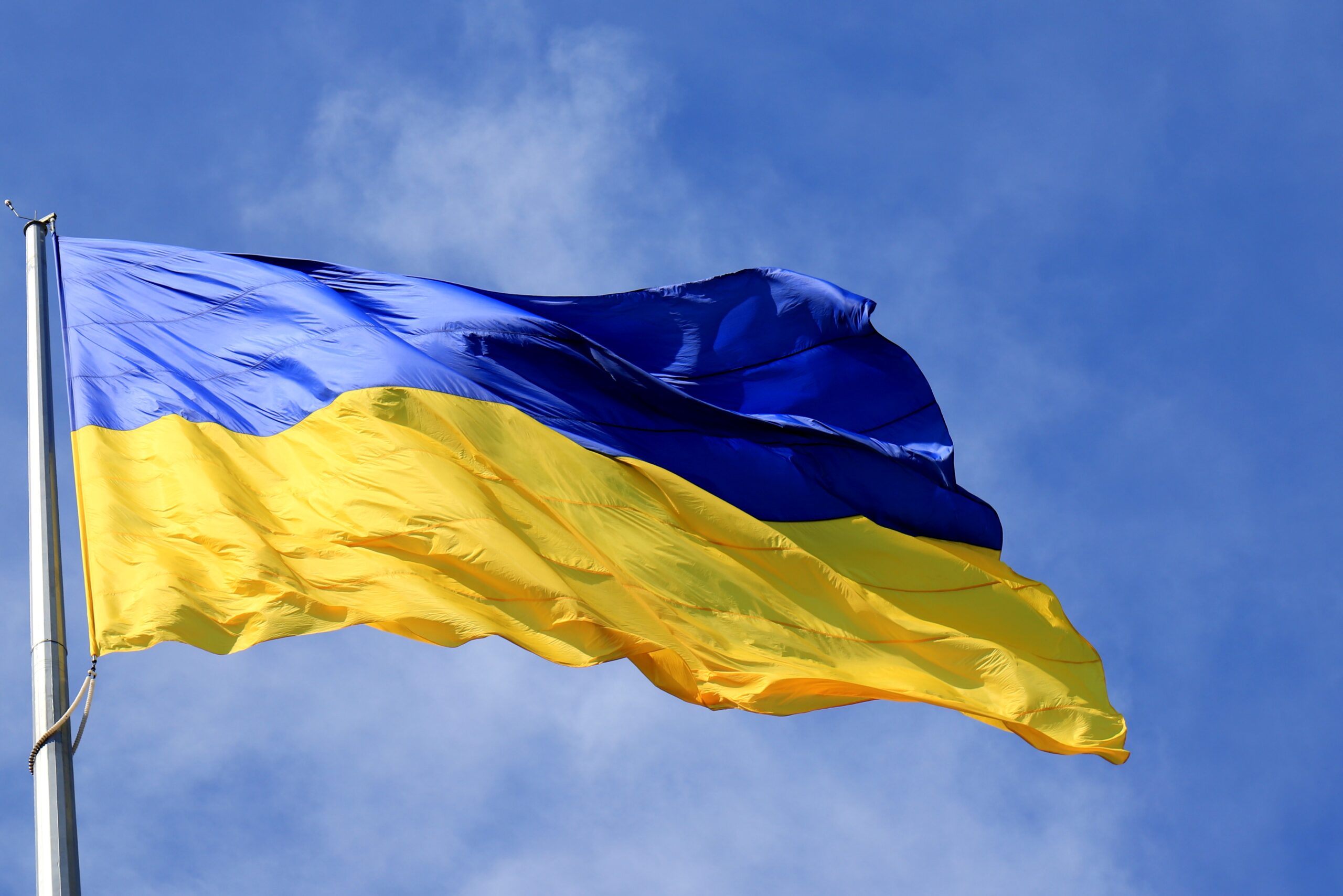
Major whisky brands such as Edrington, Chivas Brothers, and Diageo withdrew their products from the Russian market in response to the invasion. This decision was influenced by ethical considerations and rising production costs. In 2021, Russia was a significant market for Scotch whisky, ranking as the 10th largest export destination. The Scotch Whisky Association reported that 42 million bottles were shipped to Russia.
Recent reports indicate that Scotch whisky exports to Russia have resumed. Pernod Ricard has restarted exports at a reduced level, stating a need to “protect our local team while ensuring the economic viability of our distribution subsidiary.”
A spokesperson clarified, “Controlling distribution and importation avoids leaving our brands in the hands of a parallel market, which opens the door to potential counterfeiting.” It’s important to note that exporting luxury goods to Russia, whether directly or indirectly, is still illegal—this includes whisky priced over £250.
Barley, a crucial ingredient in Scotch whisky, is experiencing significant supply chain disruptions due to the conflict in Ukraine. Globally, Ukraine is the third-largest exporter of barley and ranks second in Europe, just behind Russia. The ongoing war has resulted in martial law and a blockade of Ukrainian ports. This situation severely hinders barley exports and could lead to a decrease in whisky production, causing a potential rise in prices.
The European Council of the European Union reports that before the war, nearly 90% of Ukraine’s agricultural exports were shipped by sea. However, the Russian military’s blockade of Ukraine’s Black Sea ports led to a near-complete halt in these exports. After the invasion, Ukraine’s wheat exports fell by over 90% from March to May 2022, compared to the same period in the previous year. Although exports began to rise slightly from June, they remain substantially below the levels seen in 2021.
The EU’s establishment of alternative transport routes, known as “solidarity lanes,” along with the UN and Turkey’s efforts to clear the ports through the “Black Sea Grain Initiative,” helped stabilise exports and lower barley prices. However, when Russia withdrew from the initiative in July 2023, Ukrainian exports declined, leading to a hike in prices. Although a favourable global harvest outlook is currently keeping prices stable, the global barley supply remains at risk due to the persisting conflict and blockade.
The cost of barley production has increased due to surging fertiliser prices. A temporary ban on ammonium nitrate exports by Russia in February caused a significant price hike, with a ton of ammonium nitrate now costing around £200 more than prior to the ban. This rise in fertiliser costs directly affects barley prices, which in turn, escalates whisky production costs.
In addition, China has restricted the supply of phosphate, a crucial ingredient in fertilisers, in response to Western tariffs and political actions. This has resulted in increased production costs for whisky distillers, who are likely to transfer these costs to consumers.
For collectors, the outlook appears somewhat positive. Market uncertainty has prompted investors and collectors to hoard whisky, thereby driving up prices. Moreover, decreased barley production and increased fertiliser costs have constrained whisky production, boosting the value of existing casks. Consequently, despite overall market challenges, the secondary market for Scotch whisky has experienced a price increase, to the advantage of collectors.
The full consequences of Russia’s invasion of Ukraine on the Scotch whisky market are yet to be determined. Factors such as barley shortages, escalating fertiliser costs, and brand withdrawals from the Russian market contribute to a volatile and uncertain outlook. While consumers may face increased prices, collectors could potentially see their investments appreciate in value.
In response to these challenges, the whisky industry is exploring renewable energy investments and partnering with the European Union to counteract the crisis’s impact. Despite the geopolitical instability, the Scotch whisky market demonstrates resilience, persisting through these extraordinary circumstances.
As the situation continues to unfold, we will closely monitor the developments and provide updates on how these factors are shaping the future of the Scotch whisky market.


